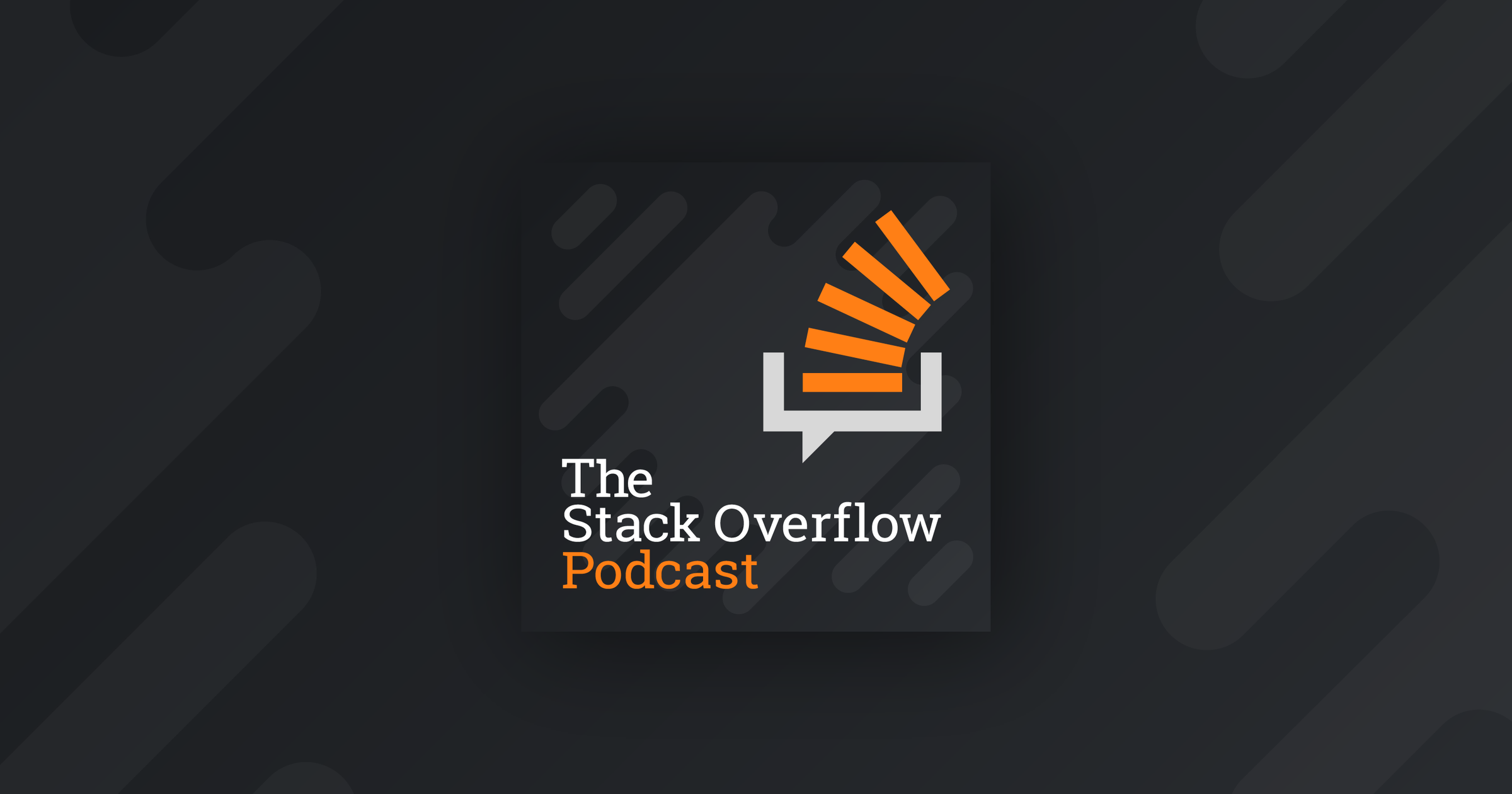The home team starts chatting about GitHub's CEO stepping down, then gets onto Cassidy's favorite topic—keyboards—before getting deeply sidetracked talking about how memory and brains work.
Episode notes
GitHub's CEO, Nat Friedman, stepped down recently to focus on his startup roots. Chief product officer, Thomas Dohmke, will be moving to CEO.
The Verge reviewed our no-longer-a-joke April Fool's keyboard.
How many keyboard layouts are there anyway? Including non-English layouts, there's lots.
Do you have a mind's eye? How about an inner monologue? We explore why some people have a voice in their head when they think and some don't.
